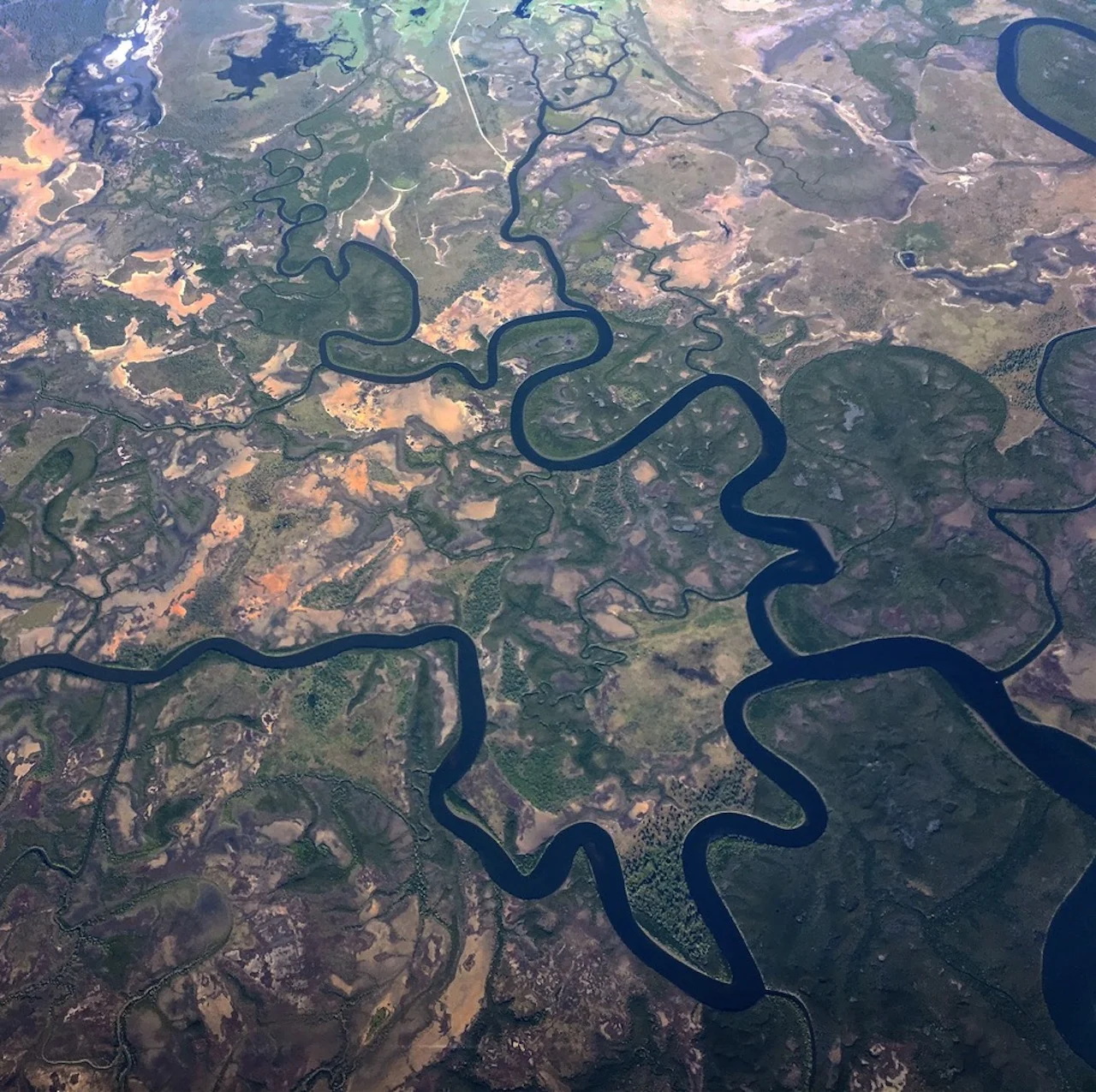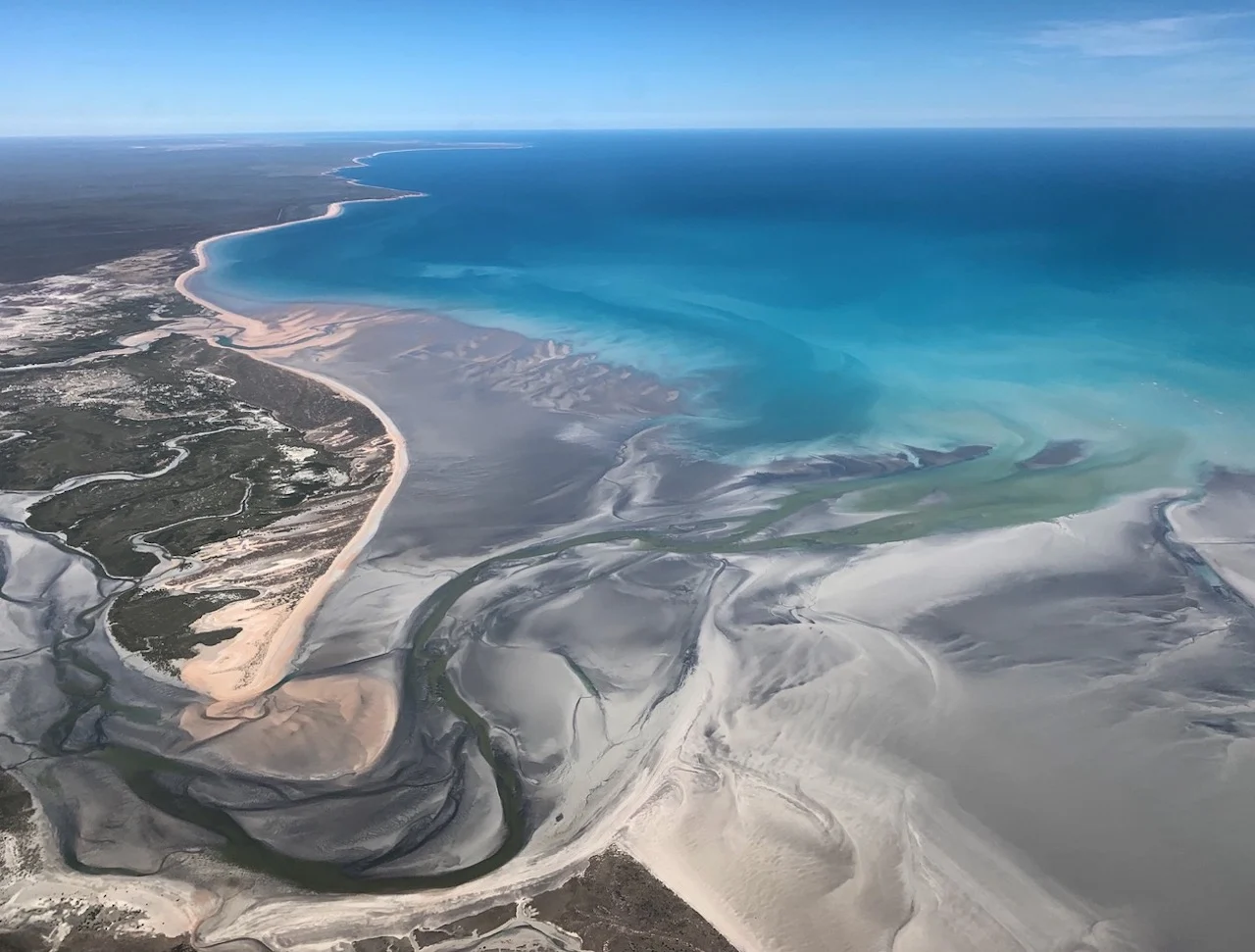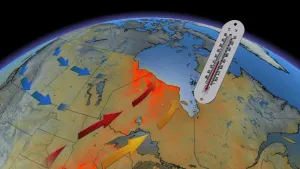
Earth's makeup altered by 430 million years of land plant evolution
Researchers examined the effects of the development of land plants on Earth’s chemical composition over the past 700 million years.
New research has suggested that our planet would look different than it does now if we had no land plants or if they evolved in a dissimilar fashion nearly half a billion years ago.
The study, published earlier this year, is centred on the evolution of land plants such as ferns, about 430 million years ago, and their role in changing the composition of the Earth’s outer layer and its continents.
SEE ALSO: It's official! This is the hottest rock ever recorded on Earth
Christopher Spencer, geologist and assistant professor in the geological sciences and geological engineering department at Queen’s University, recently spoke to The Weather Network about the latest research.
Spencer, along with colleagues at the universities of Southampton, Cambridge and Aberdeen, as well as the China University of Geosciences (Wuhan), examined effects of the development of land plants on Earth’s chemical composition over the past 700 million years.

Meandering rivers near Brisbane, Australia. (Christopher Spencer/Submitted)
"If things had developed differently so the continents were devoid of land plants, then river systems would look very, very different. Those river systems then influenced the way sediments are transferred, so it would obviously be a much more barren landscape," said Spencer.
"The amount of clay that would be deposited and remain on the continents would be hugely diminished. Because it is then those land plants that facilitate the storage of clays on the continents."
WATCH: Evolution of land plants on Earth in 24 seconds
No land plants or rooting systems
Going back in time more than 430 million years, there were no land plants or "really any rooting system on Earth," Spencer said.
Before land plants developed, rivers were predominantly characterized by braided river systems, “very sinuous, fast-flowing, relatively coarse-grained sediments,” he added, meaning there was ample amounts of sand and gravel.

Meandering river reaching the ocean near Broome, Australia. (Christopher Spencer/Submitted)
Researchers discovered meandering rivers were relatively absent before that time period when plants came on the scene.
“The rooting plants then caused a stabilization of the riverbanks and when the river banks were stabilized, it allowed for the rivers to start to meander," said Spencer. "And as the rivers started to meander, it allowed for significant mud accumulation.”
Where the study "comes into play" is examining what occurs to the sediments after they were deposited in the ocean, and eventually subducted underneath the continents and incorporated into volcanoes, Spencer explained. They then melted to form magma.

Braided rivers of Ellesmere Island. (Neil Davies/Submitted)
"Prior to 430 million years ago, there was very little correlation between the time frame that the sediments had been around and the degree of weathering," he said. "Then, after 430 million years ago, we see a pretty strong correlation between how long the sediments were hanging around in riverine systems and the amount of weathering that had taken place."
The result was a "significant shift in magma chemistry" at-about 430 million years ago, he added.
Millions of years of 'systematic' changes
When looking at current-day Earth, there is "no doubt" human activities are influencing the environment in a variety of ways, Spencer said.
However, in terms of humanity's sway on the large-scale geological record, it's a bit more challenging. For example, the study Spencer and his colleagues published focuses on millions, "even 10s of millions" of years of systematic changes, he said. But the records that show anthropogenic adjustments, the time period is on a much smaller scale -- hundreds of thousands of years -- by comparison.

Ferns were some of the first land plants. (Thomas Gernon/Submitted)
What we do as humans is only transpiring in a "very, very small blink of an eye" of geological history, the geologist added.
"This is where it's a very interesting challenge that we have as geologists. The things that are important for the future of humanity are really on a very small scale because humanity has not been around for very long," said Spencer.
"Even though the time scales we [use to] evaluate geological processes are significantly longer than what we're seeing in anthropogenic time scales of climate change, the interesting thing is that humans have made an impact on the environment that exceeds anything we have seen before in geological time."

Braided rivers of Ellesmere Island. (Neil Davies/Submitted)
An important takeaway from the study is that it is helping us understand how plants and biology have impacted the very makeup of our Earth.
“Where biology is seen to be very much just a surface process, how is biology interacting with geology is a really important question," said Spencer. "And then we can start asking some deeper questions about [what] the geology can tell us about the evolution of life over time."
The full study was published in Nature Geoscience.
WATCH: The Pacific is shrinking, what that means for Earth's future
Thumbnail courtesy of Christopher Spencer/@travelinggeolog.
Follow Nathan Howes on Twitter.










